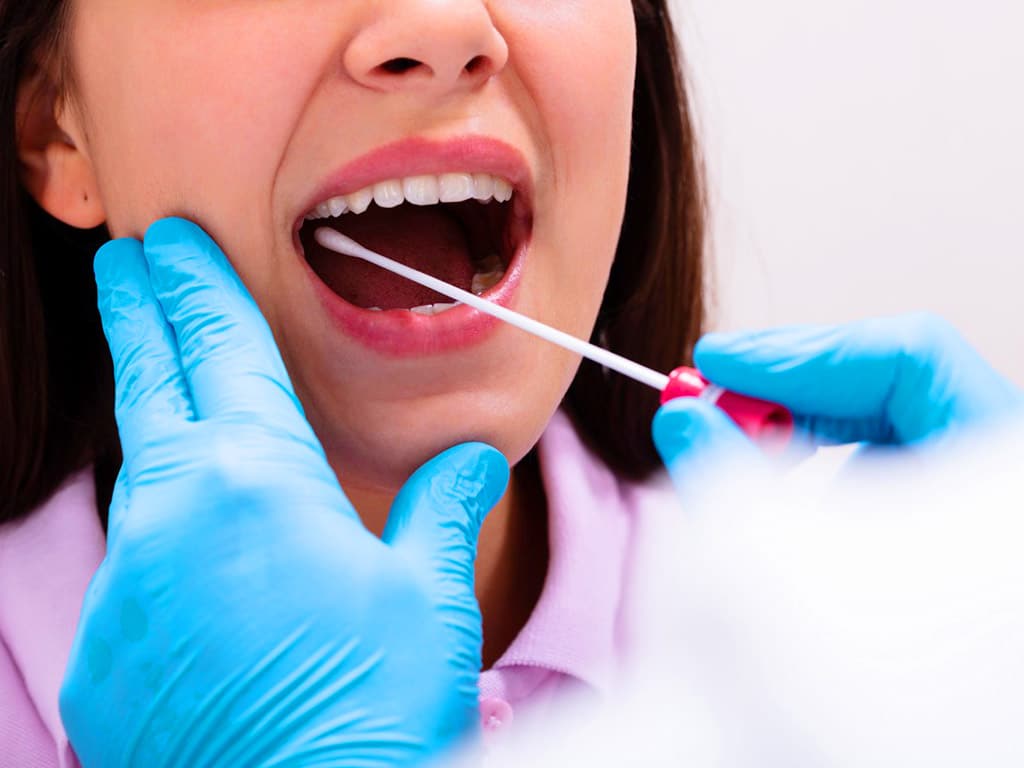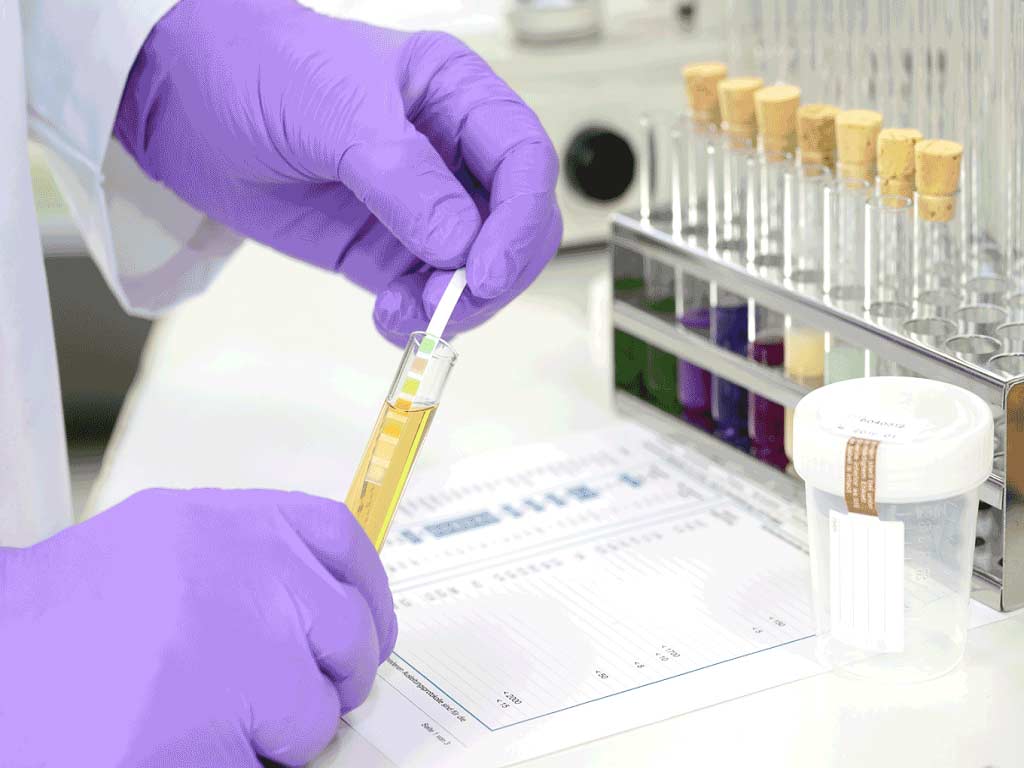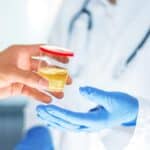Drug Test How: Types, Procedure & Detection Windows
07 March, 2024

Drug testing is a common practice in many industries. It is a crucial process to promote the safe use of legal medications and deter illegal drug consumption. The different types of methods are blood, saliva, hair, and urine drug screening. The general procedure of how drug tests are done is similar because it starts with sample collection and then analysis. However, they have different detection windows, with hair testing having the longest period of 90 days.
Testing is the process of tracing the presence of drugs using biological specimens. Many workplaces also require drug testing as a part of their hiring process and enforce blanket or random testing. In particular, high-risk industries test for the misuse of common drugs regularly to ensure safety and fulfil their legal obligations. This article will present information on the types of drug tests, the procedures, and the detection windows.
How Drug Tests Are Done – Types of Drug Tests
Those interested in how drug tests are done should also know the different types of drug tests. Firstly, urine drug screens are common in workplaces and medical settings. It uses urine samples to trace substances consumed after days or weeks, depending on the substance. However, it does require the use of bathroom facilities.
Secondly, saliva screening tests are another popular option, particularly for onsite testing. It has an easy-to-conduct collection procedure that does not require special equipment or facilities. Police officers use these during random roadside drug testing to trace commonly abused drugs, such as cannabis (THC), ecstasy (MDMA), and methamphetamines.
Thirdly, a blood test is a highly accurate testing method, ideal for confirmatory testing. It tests the substances and drug metabolites directly from the bloodstream. It is also informative for tracing recent prescription medication or illegal drug use. Lastly, hair follicle screening tests help trace the long-term use of substances. However, blood and hair tests cost significantly more than saliva or urine tests.
Detectable Substances
- Amphetamines: stimulant medications that healthcare providers prescribe to treat narcolepsy and Attention Deficit Hyperactivity Disorder (ADHD).
- Methamphetamines: a recreational drug with high risks for addiction. It comes in powder, crystal, and base forms. The crystal form known as ice produces the strongest effects and the most side effects.
- Cocaine: another highly addictive substance that can boost confidence and energy. However, it can also cause high blood pressure, stomach pains, and seizures.
- Cannabis: a psychoactive drug that many use recreationally worldwide. Some also use it for medical purposes.
- Benzodiazepines: depressant prescription drugs that help with mental health issues, such as stress and anxiety.

How Drug Tests Are Done – Procedure
Learning the testing procedures is crucial to understanding how drug tests are done. The first part is collecting the biological samples. There are different methods, depending on the type of test. For urine drug testing, individuals may provide mid-stream urine samples in a sterile collection cup.
Meanwhile, saliva drug screens use a swab stick to gather specimens inside the cheek or under the tongue. Medical professionals use needles to draw blood samples from the arm. Lastly, collectors need to gather about 90-120 hair strands for hair tests. The analysis follows after collection. When using saliva or urine drug test kits, individuals may place the samples into the testing device. Otherwise, they send the biological samples for laboratory testing.
Initial screening analysis typically entails using immunoassays. Laboratories also have other equipment to conduct more accurate testing. An example is Gas Chromatography-Mass Spectrometry (GC-MS). It is the gold standard for confirmatory tests. The results of drug testing kits appear within minutes. On the other hand, laboratory test results take 24 to 72 hours.
Storage Guidelines
It is crucial to follow proper storage guidelines for samples to ensure accurate and reliable results. For saliva testing, testing services must follow the provisions under AS/NZS 4760. Meanwhile, urine testing falls under AS/NZS 4308. Generally, the specimen should be in a secure location with controlled temperature and humidity levels to prevent bacterial growth and specimen degradation.
Moreover, following chain-of-custody procedures, such as proper labelling, is vital to keep track of the sample sample donors. This measure can help prevent mix-ups. Furthermore, collectors should ensure the containers are properly sealed to prevent contamination and tampering.

How Drug Tests Are Done – Detection Windows
Several factors affect the detection windows of drug screening. Hence, familiarity with these can help people understand how drug tests are done. Urine tests have an average detection window of one to four days. Cannabis is an exception to this since urine tests can trace it for up to 25 days or longer for chronic users.
Meanwhile, saliva tests offer the shortest detection periods of 12 to 48 hours. This makes it ideal for tracing recent illicit drug use in workplaces and on the roads. Furthermore, the detection time for blood tests is also on the shorter side, ranging from 6 to 48 hours. However, benzodiazepines stand out as being detectable for up to 12 days.
Hair drug tests offer the longest detection times, with the usual period being 90 days. Moreover, some laboratories provide detection periods of up to one year. However, it is vital to note that the needed hair strand length also increases. Also, hair testing does not trace substances consumed seven days before the time of collection.
Factors Affecting Detection Windows
The foremost factor affecting the detection windows is the drug type. The period can vary significantly, even when using the same testing methods, with the exception being hair testing. Another factor to consider is the metabolism of the sample donor. Certain individual factors such as body type, hydration levels, health condition, and age can affect how quickly the body eliminates the substance,
Furthermore, the sensitivity of the test is also crucial. Using kits that follow the set cut-off levels of the Australian standards is essential for ensuring accurate and consistent results. It also helps prevent occurrences of false positive and false negative results.
Conclusion
Learning how drug tests are done can help many individuals aiming to pass tests. It also helps organisations implement comprehensive testing policies. This is crucial for effectively identifying those with substance use disorders and protecting workplace and public safety. The different types are saliva, blood, hair, and urine testing. These can detect several substances, like amphetamines, cocaine, cannabis, and benzodiazepines. Moreover, they have different procedures and detection windows for different needs.
The general procedure for testing starts with gathering samples. The most convenient method is saliva testing since it is non-invasive and easy to conduct. On the other hand, health professionals conduct blood sample collection by drawing blood from the arm. For detection windows, saliva testing has the shortest period, with a maximum of 48 hours. It is followed by blood, urine, and finally, hair tests, which have the longest period.






























